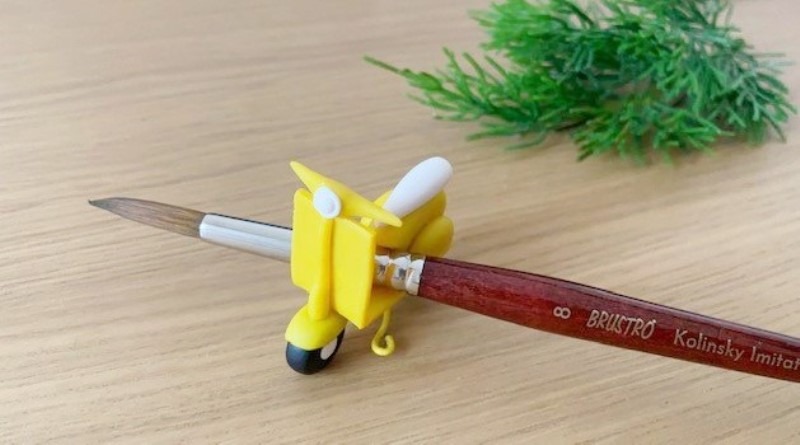There are no items in your cart
Add More
Add More
| Item Details | Price | ||
|---|---|---|---|
If you are reading this I assume you either want to learn watercolor painting or are very new to the medium! So do continue to read! So here are 7 helpful beginner Watercolor secrets no one tells You when You start painting!
When I was new to Watercolors and I used to hop around for ideas, inspiration and guidance, but I was either overwhelmed or confused. Not that there is no good stuff out there but I felt all the information was more like for higher level, when people stated with wet on wet instead of watercolor it felt like jargon what is so common once you dive into the world of Watercolors.
I was so afraid that I was doing it all wrong, I did not have the tools, I did not have the techniques and I was so scared to waste my materials when I started!

Creativity is allowing yourself to make mistakes.
Art is knowing which ones to keep.
– Scott Adams
1. The Right Mindset
It all begins with a mindset, this may seem weird but write down why you want to learn watercolor. What motivates you, are you learning just for fun or you want to make it into a serious profession. If you constantly worry about making mistakes then it will be really difficult for you to get over the fear of learning a new skill. So keep an open mind and begin this wonderful journey with the intention of learning!
“Creativity takes Courage.”
— Henri Matisse
2. The Right Materials not the most Expensive ones matter



3.Know Your Colors
You will not get anywhere unless you know your colors. The very first thing you should do when you get new colors or color is to make a swatch. Palette chart is a very important step of watercolor painting. It will not only help you understand the exact shades of your color set but it will be the first step to understand how watercolors work. As a general rule all watercolors become light as they dry. Also we seldom use white with watercolor and instead lighten by adding more water or leave white spaces. Swatching in proper way will help you understand this. If you skip this first step it will cause frustration later on when you will not get the desired results.
You can also grab this FREE guide to get a basic idea of the Color Theory!

4.Start Simple
Always start simple, this will not only be easy to do but will also make you confident as you finish your first project successfully. I would say don’t even paint just play with colors! See how they blend and mix, flow and bleed.
If you are serious about it, take a class! I am not talking about free videos available out there it will confuse you and can even overwhelm you. Find a class that is for absolute beginners as that would not only give you a fresh insight but also start you on the right track.
You can try my beginner friendly classes here!

6.Practice is the only key
I have said it before and would repeat it here again, unless you practice you will get no where. Do get the idea of practice right, it does not mean you do 10 failed painting and then give up. It is about discipline and consistency. Paint for at least an hour everyday as starters, you must do this without any excuse. Gradually increase the time, always remember to compare yourself with yourself only. See how far you have come and acknowledge the small wins like how you are good with wet on wet technique now as compared to a month ago.
7.Always remember there is fine line between inspiration & copying
It is much better to understand this when you are at a beginner level. I myself paint paintings that others have done, but only to see how I do it, sometimes it does come up nearly same and mostly entirely different! But what ever the case those are only for my eyes and remain in my practice sketchbook. Remember NEVER share someone else’s copied work anywhere on social platforms or online. It may be good practice to improve your own skills and practice but it is NEVER ethical to share some else’s work as your own.
Admiring doesn’t make you exactly like what you admire, admire yourself and you will be original and exactly how you wish and feel to be.”
– Auliq Ice
If you want to imitate other Artists do so only to challenge yourself in a healthy way.
Remember when you copy others you copy their mistakes too! While when you do your own thing, you will always be careful!
This is something which is very important not just as an Artist but as a person as well. Social media is full of this practice of copying in the name of inspiration, don’t be a part of that crowd.
Ending it with this quote I love,
A true artist is not one who is inspired but one who inspires others.
–Salvador Dalí
Until next time


7 Helpful Beginner Watercolor Secrets No one tells You when You Start Painting
 Launch your Graphy
Launch your Graphy